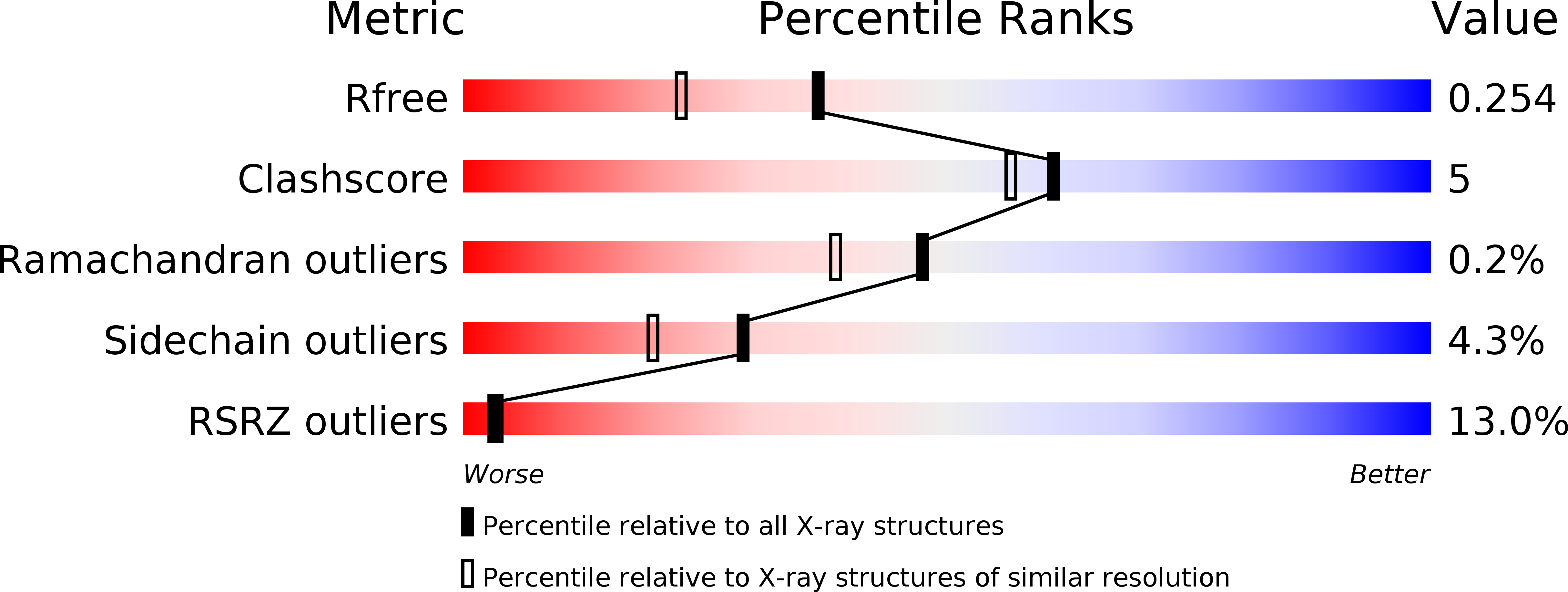
Deposition Date
2007-12-21
Release Date
2008-01-22
Last Version Date
2023-08-30
Entry Detail
PDB ID:
3BRB
Keywords:
Title:
Crystal structure of catalytic domain of the proto-oncogene tyrosine-protein kinase MER in complex with ADP
Biological Source:
Source Organism:
Homo sapiens (Taxon ID: 9606)
Host Organism:
Method Details:
Experimental Method:
Resolution:
1.90 Å
R-Value Free:
0.24
R-Value Work:
0.19
R-Value Observed:
0.19
Space Group:
P 1 21 1


